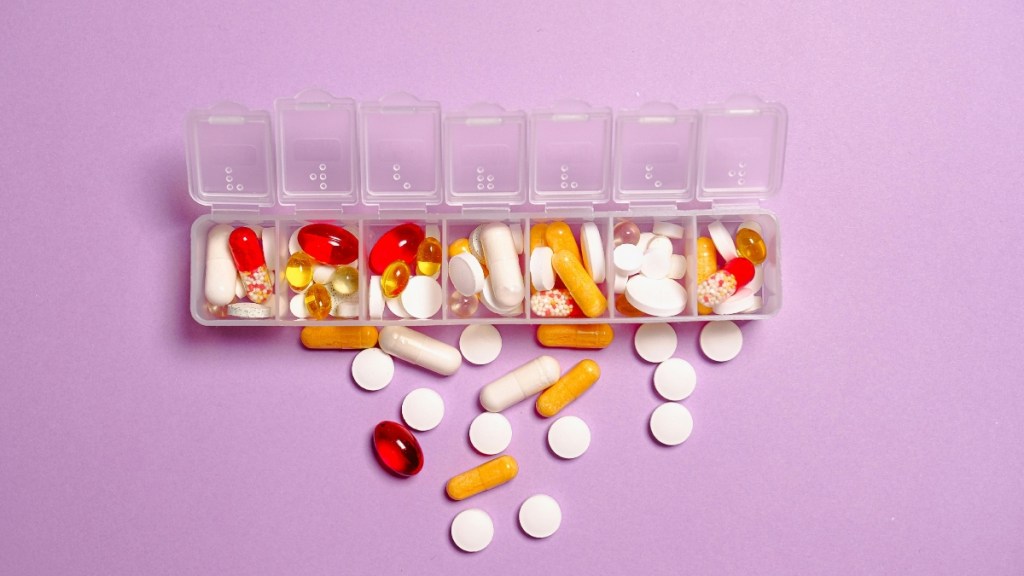By Fayazoddin Mohamad
Pharmacies around the world are on the verge of a seismic shift. While artificial intelligence (AI) often dominates conversations about the future of healthcare, the most transformative innovations may be unfolding in less obvious places. As we progress through the decade, technologies like automation, bioprinting, and blockchain could radically redefine not only how pharmacies operate but also how patients receive care. Yet, much of the industry is still playing catch-up.
Quiet revolution: automation and bioprinting
AI grabs the headlines, but behind the scenes, automated dispensing systems and robotic fulfillment centers are already changing the way prescriptions are processed. Leading pharmacy chains in the U.S. and Europe are testing systems that fill prescriptions without human intervention, cutting down on errors, reducing wait times, and improving overall efficiency. In just a few years, the traditional method of manually filling prescriptions could be obsolete.
Bioprinting, meanwhile, holds the potential to revolutionize how medications are made. Research teams at institutions such as MIT and the University of California are developing 3D-printed drugs—customized treatments that could be produced instantly based on a patient’s needs. This could eliminate the need for stockpiling medications and open the door to highly personalized therapies.
Consider a patient with a rare metabolic disorder who needs a specific drug dosage that mass-produced pills can’t provide. Bioprinting could deliver a made-to-order solution, factoring in the person’s genetic makeup, weight, and overall health—a step toward truly individualized medicine.
Streamlining compliance: The promise of blockchain
For years, compliance has been one of the pharmacy industry’s most cumbersome challenges, requiring exhaustive paperwork and constant readiness for audits. Blockchain technology offers a compelling solution: a secure,
transparent, and tamper-proof digital ledger that records every transaction across the pharmaceutical supply chain.
Pharma giants like Pfizer and Novartis are already backing blockchain initiatives to improve traceability and eliminate counterfeit drugs. Looking ahead, blockchain could provide regulators with real-time access to audit trails, allowing for instant verification of drug origin and handling. This would not only bolster safety but also ensure pharmacies remain compliant in an increasingly complex regulatory environment.
By 2030, compliance audits may no longer require weeks of preparation but instead become an automated, real-time process, thanks to AI-driven regulatory oversight.
AI’s expanding role in predictive healthcare
AI is not just improving efficiency; it’s actively reshaping how we predict and prevent health issues. Advanced machine learning algorithms can analyze prescription data, identify patients at risk of non-adherence, and send automated reminders.
Moreover, AI-driven diagnostic tools are being integrated into pharmacies, allowing pharmacists to perform basic health screenings using AI-assisted analysis. For example, wearable health devices can transmit real-time patient data to pharmacies, allowing AI systems to detect irregularities in heart rate, blood pressure, or glucose levels. Pharmacists can then intervene before a condition worsens, providing preventative care instead of just reactive treatment.
The pharmacist’s new role: Digital health advisor
With automation and AI handling routine tasks, the pharmacist’s role is set to evolve from a dispenser to a health strategist. Future pharmacists will focus more on personalized medicine, chronic disease management, and AI-powered diagnostics, helping patients make better-informed health decisions.
Expansion of telepharmacy
Telepharmacy, which saw a surge during the pandemic, is now becoming a permanent fixture in healthcare. A study by the American Pharmacists Association found that telepharmacy consultations increased by 180% between 2020 and 2023. This trend will only accelerate, bridging healthcare gaps in rural and underserved areas.
Instead of requiring in-person visits, pharmacists can conduct virtual medication reviews, discuss side effects, and adjust prescriptions in real-time—offering on-demand, patient-centered care that prioritizes convenience and accessibility.
Pharmacogenomics and personalised drug therapies
Pharmacogenomics—the study of how genes affect a person’s response to drugs—will also become a standard part of pharmaceutical care. By 2030, it’s likely that pharmacists will have access to a patient’s genetic data to recommend the most effective medication regimen with minimal side effects.
For example, two patients with the same condition might react differently to the same drug due to genetic differences. With the rise of precision medicine, pharmacies will move away from a one-size-fits-all approach, ensuring safer and more effective treatment.
Are pharmacies ready for the future?
Despite these advancements, many pharmacies are still operating under outdated models. A 2024 survey by McKinsey found that only 35% of pharmacy leaders have a concrete digital transformation strategy.
The challenge is clear: the future is coming faster than most pharmacies are prepared for. Those that fail to invest in AI, automation, and compliance technologies may struggle to remain competitive in an industry that is evolving rapidly.
The next five years will determine which pharmacies lead the charge and which become obsolete. The question isn’t whether technology will transform the industry—it’s whether we’re prepared to keep up.
The author is Senior Regulatory Compliance and Pharmacy Management Expert at Rite Drugs LLC.
Disclaimer: Views expressed are personal and do not reflect the official position or policy of FinancialExpress.com. Reproducing this content without permission is prohibited.

